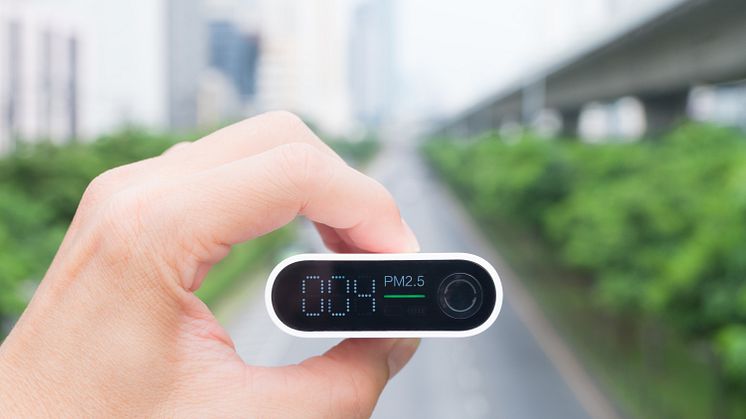
Blog post -
Tips to ensure good indoor air quality
As temperatures plummet and winter weather really starts to bite, heating systems are switched on. Well insulated, airtight modern houses are highly efficient at retaining this warmth, but they also keep in less welcome things such as fumes from central heating systems, wood burners and open fires.
These are not only inconvenient, but they can also be deadly. The good news is that there are steps you can take to improve indoor air quality. Here are the main ones:
- Keep the house clean and as free as possible from dust.
- If you have a mechanical ventilation system installed in your house, arrange for the ducts to be cleaned.
- Have your wood stove or open fire chimney checked by a professional every season and ensure you have a working CO detector.
- Prevent the air from becoming too dry, perhaps by using a humidifier. This will minimise problems with dry throats and dust mites.
- Ensure that potential sources of indoor air pollution such as cleaning solutions are well sealed when not being used.
- Keeping houseplants can, to some extent, improve air quality in your home.
- Use air fresheners sparingly.
- Skip the holiday scented candles and instead use 100% stearin candles.
- Groom your pet(s) regularly. They probably spend more time indoors during the winter; if they have built up a thick winter coat of fur, then shedding and pet dander can negatively impact air quality.
- Finally, consider installing air cleaners in your home.
This latter suggestion is particularly important. If outdoor air is not effectively filtered and cleaned, then the indoor air can contain a large quantity of the harmful particulates that find their way into people’s respiratory tracts and circulation systems. These can aggravate chest problems such as asthma and increase the risk of developing diseases like pneumonia.
These particles and other substances can combine with those already present inside buildings and become more harmful, making indoor air pollution many more times as hazardous as the outdoor variety.
An excellent way to improve indoor air quality (IAQ) is to employ an air purifier such as the City Touch from Camfil. An air purifier creates a heathier indoor environment, reduces the incidence of asthma and other allergies and neutralises odour by filtering out harmful particulates in the air.
However, beware. Some air purifiers only capture particulate matter such as animal dander and pollen. To be thorough, you need to specify activated carbon filters in order to remove gases (such as carbon monoxide, carbon dioxide and nitrogen dioxide), odours, chemicals (such as the residuals left after cleaning) and even bacteria and viruses.
The City Touch Air Purifier is designed for all types of indoor environments including homes, hospitals, hotels, offices, schools and public environments, indeed, anywhere that high-quality air purification is required.







